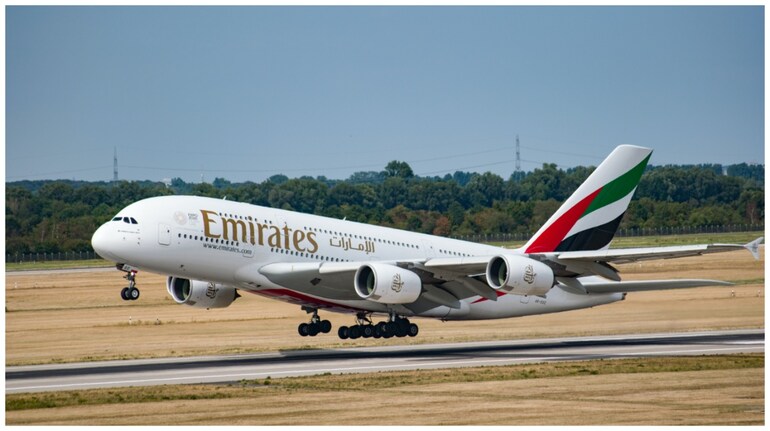The International Air Transport Association (IATA) recently released its outlook for the airline industry in 2024, painting a picture of improving profitability despite significant challenges. While airlines are not yet achieving pre-pandemic levels of return on investment, the industry is experiencing a welcome upswing after the devastating financial impacts of the global pandemic.

Key Takeaways from the IATA Report
- Profitability on the Rise: The industry is expected to see net profits reach $30.5 billion in 2024, a significant improvement over the $27.4 billion projected for 2023. This represents a 3.1% net profit margin, a positive sign for the future of the industry.
- Revenue Soars, Expenses Follow Close Behind: Total revenues are forecast to reach a record high of $996 billion in 2024, driven by a surge in passenger demand. However, expenses are also projected to climb, reaching $936 billion due to factors like rising fuel costs.
- Passenger Demand Takes Off: Passenger numbers are expected to hit a record high of 4.96 billion in 2024, signifying a strong rebound in travel after pandemic restrictions eased. This translates to a projected 11.6% increase in Revenue Passenger Kilometers (RPKs), a key metric for passenger traffic.
- Cargo Market Sees Correction: While cargo demand remains healthy, it’s expected to experience a slight dip in 2024 compared to the exceptional heights of 2021. Cargo revenues are forecasted to reach $120 billion, still exceeding pre-pandemic levels.
- Profitability Gap Remains: Despite the positive outlook, airlines are still struggling to achieve pre-pandemic levels of profitability. The return on invested capital is projected to be 5.7% in 2024, falling short of the average cost of capital.
Factors Driving the Recovery
Several key factors are contributing to the airline industry’s improved financial health:
- Pent-Up Travel Demand: After years of travel restrictions, people are eager to explore the world again. This surge in demand is driving up passenger numbers and boosting airline revenues.
- Efficient Fleet Management: Airlines are utilizing their fleets more efficiently to meet passenger needs while managing costs. This includes deploying larger aircraft on certain routes to optimize capacity.
- Controlled Non-Fuel Expenses: Airlines have successfully controlled non-fuel expenses, with unit costs remaining stable compared to pre-pandemic levels.
Challenges Remain: Risks to Consider
While the outlook for the airline industry is cautiously optimistic, there are still challenges to navigate:
- Global Economic Uncertainty: Rising interest rates, inflation, and potential economic slowdown pose a threat to consumer spending and could dampen travel demand.
- Geopolitical Tensions: Ongoing conflicts and political instability around the world disrupt travel patterns and increase operational costs for airlines.
- Supply Chain Issues: The airline industry continues to face disruptions in the global supply chain, impacting aircraft deliveries and maintenance schedules.
- Regulatory Environment: Evolving regulations and policies regarding passenger rights, environmental initiatives, and accessibility can add to operational costs for airlines.
- Decarbonization Efforts: Achieving net-zero carbon emissions by 2050 is a critical goal, but airline efforts could be hampered by a lack of political support or insufficient development of sustainable aviation fuels (SAF).
A Look Ahead: Regional Roundup
The IATA report provides a regional breakdown of the projected profitability:
- Asia-Pacific: This region is expected to see the most significant profit increase in 2024, driven by a strong rebound in domestic and international travel demand.
- North America: Airlines in North America are also projected to be profitable in 2024, benefiting from both domestic and international travel growth.
- Europe: European carriers are expected to see a return to profitability in 2024, although recovery may be slower compared to other regions due to ongoing economic uncertainty.
- Latin America, Middle East, and Africa: These regions are also expected to see improved financial performance in 2024, fueled by increased travel activity.




